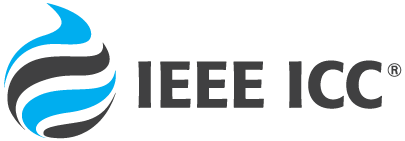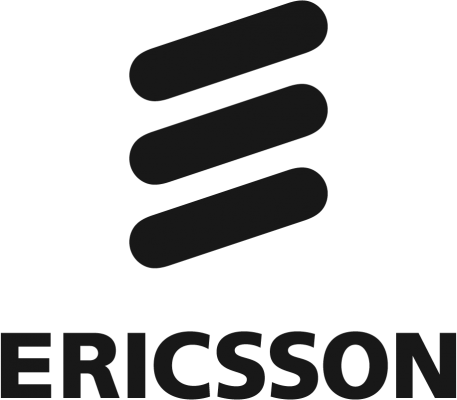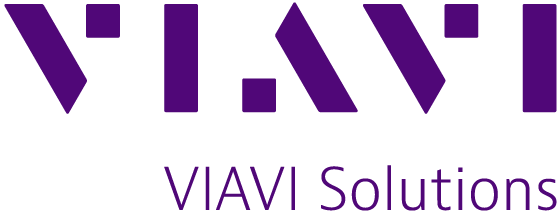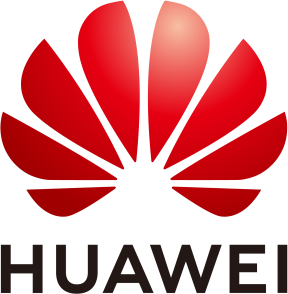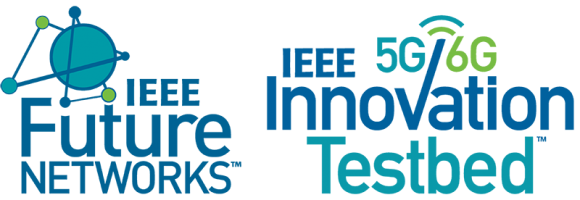Scope
The use of extremely large-scale (XL) antenna arrays and the availability of high-frequency spectrum bands, e.g., at millimeter-waves (mmWave) and Terahertz (THz), are regarded as two key physical-layer technologies for 6G networks. XL antenna arrays, deploying hundreds, or even thousands, of antenna elements at base stations or of reflecting elements at reconfigurable intelligent surfaces (RISs), can significantly improve performance (e.g., spectral efficiency). The envisioned deployment of XL antenna arrays in future 6G networks, especially in high-frequency bands, will likely lead to wireless operations in the radiating near-field (Fresnel) region, as opposed to conventional wireless systems, typically operating in the far-field region. Different from the far-field case, where plane wave propagation holds, in the radiating near-field region, the wavefront is curve providing additional information and degrees-of-freedom that can be leveraged for enhancing wireless operations.
In radiating near-field environments, the classic theories of multi-antenna communications and localization, which have been derived based on the assumption of far-field plane waves, may be invalid, thus, need to be carefully revised. In addition, the near-field operation brings many benefits to localization and communication, e.g., enhancing the signal strength of target receivers or providing a new degree of freedom (in both the angle and distance domains) to control multi-user interference. The goal of this workshop is to attract researchers to share their latest contributions and discuss new opportunities and challenges arising from near-field communications, localization, and sensing. The focus will be on scientific advances in innovative schemes and algorithms for communications, localization, and sensing, either individually or in integrated manners (a la the integrated sensing and communications (ISAC) manner), as well as their potential applications.
---
We seek original completed and unpublished work not currently under review by any other journal/ magazine/conference. Topics of interest include, but are not limited to:
- Near-field electromagnetic modeling
- Fundamental limits in near-field communications, localization, and sensing
- Near-field integrated sensing and communications
- Machine learning for near-field operations
- Near-field techniques for multi-functional RISs
- Near-field testbed and experimentation
- Near-field multiple access design
- Holographic MIMO/RIS for near-field operations
- Near-field tracking modeling and algorithms
- Near-field Radio-frequency Identification (RFID)
- Near-field wireless power transfer
- Near-field radar techniques
- Near-field distributed estimation/sensing
- Near-field and mmWave/THz communications, localization, and sensing
Workshop Web Page
https://sites.google.com/view/near-field-workshop-icc2024/首页
Important Dates
- Workshopt Paper Submission Deadline: 20 January 2024
- Paper Acceptance Notification: 6 March 2024
- Camera Ready: 15 March 2024
- Accepted Author Registration Deadline: 15 March 2024
Submission Link
https://ws13icc2024workshop-nfcls.edas.info/
Workshop Chairs
- Haiyang Zhang, Nanjing University of Posts and Telecommunications, China
- Anna Guerra, CNIT, National Research Council of Italy, Italy
- Francesco Guidi, National Research Council of Italy, Italy
- Nir Shlezinger, Ben-Gurion University, Israel
- Yuanwei Liu, Queen Mary University of London
- George C. Alexandropoulos, National and Kapodistrian University of Athens, Greece
